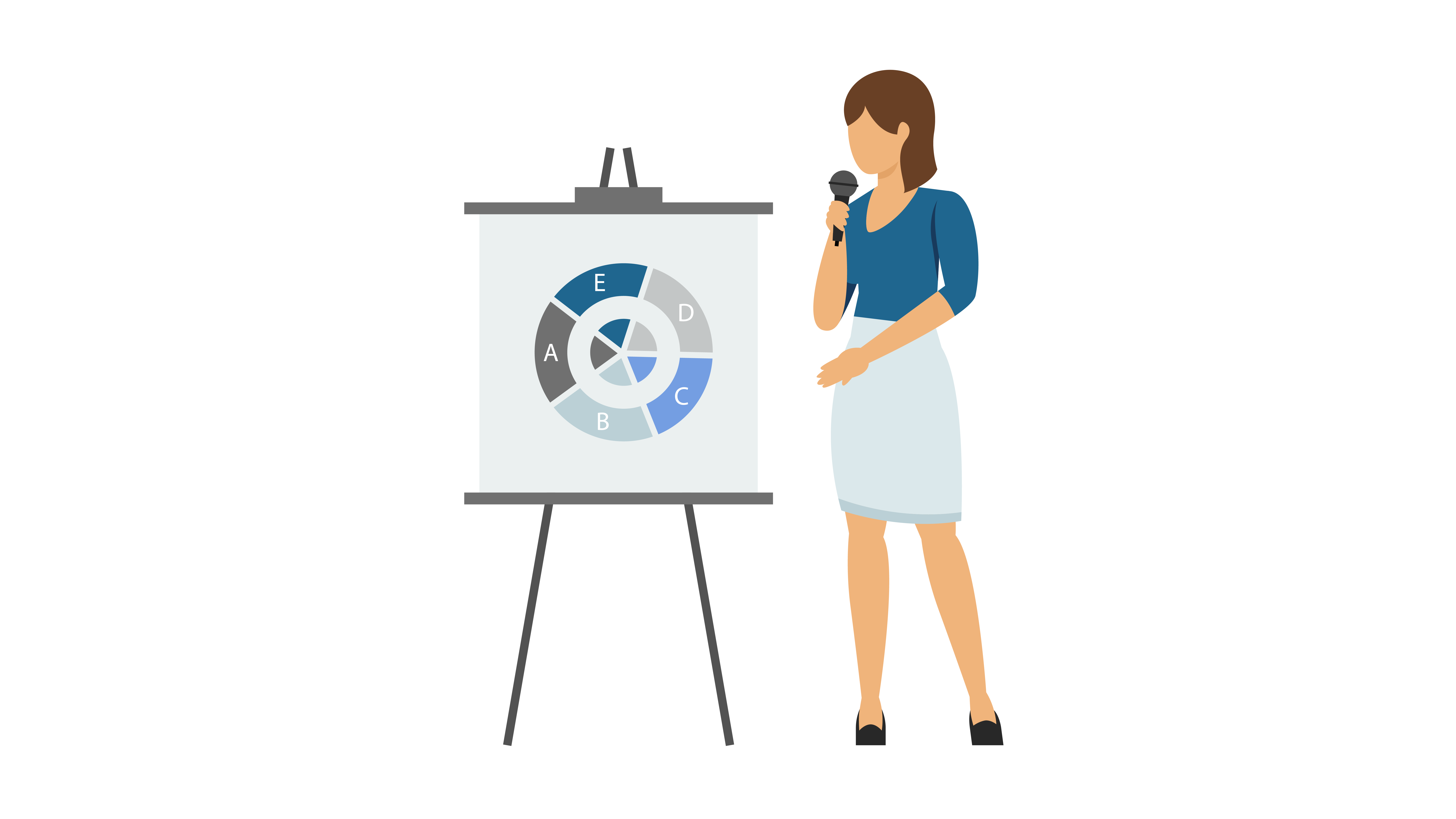Featured
Modern businesses need a central place to store customer data platforms (CDPs). It is a vital tool. The software tools provide an accurate and comprehensive picture of the customer which can be used for targeted marketing and personalized customer experience. CDPs provide a variety of features such as data governance as well as data quality along with data formatting, data segmentation, and compliance for ensuring that information about the customer is collected, stored and utilized in a regulated and well-organized manner. A CDP helps companies interact with customers and place them at the heart of their marketing efforts. It also allows you to pull data from various APIs. This article will explore the benefits of CDPs to companies.
customer data platform definition
Understanding the CDP. A Customer data platform (CDP) is software that lets companies gather, store and manage customer data from a central place. This gives you a better and more complete view of your customers and allows you to focus your marketing efforts and tailor customer experiences.
-
Data Governance: The ability of a CDP to secure and control the information that is incorporated is among its primary characteristic. This includes profiling, division , and cleaning of the data coming in. This ensures that the organization adheres to data laws and guidelines.
-
Data Quality: A key aspect of CDPs is ensuring that the information taken is of top quality. This involves ensuring that the data has been properly entered and that it meets the desired specifications for quality. This helps reduce the requirement for storage, transformation, and cleaning.
-
Data Formatting is a CDP can also be used to ensure that data follows the predefined format. This permits data types like dates to be identified across customer records and guarantees consistent and logical data entry. what are cdps
-
Data Segmentation Data Segmentation: A CDP can also allow for the segmentation of customer information in order to better understand various groups of customers. This allows you to test different groups against one another , and to get the most appropriate sample distribution.
-
Compliance A CDP lets organizations handle customer data in a legally compliant manner. It permits the definition of secure policies, classification of data based on the policies, and the detection of policy infractions while making marketing decisions.
-
Platform Selection: There's an array of CDPs to choose from, so it's vital to know your requirements before selecting the right one. It is important to consider features such as privacy of data and the capability to pull data from different APIs. marketing cdp
-
The Customer at the Center The Customer at the Center CDP permits the integration of raw, real-time customer information, giving the immediacy, accuracy and unison that every marketing team requires to improve their operations and connect with their customers.
-
Chat, billing and more Chat, Billing and More CDP helps you identify the context that is needed for excellent conversations, no matter if you're looking at billable or prior chats.
-
CMOs and big data 61% of CMOs believe they're not using enough big data, as per the CMO Council. A CDP could help overcome this by providing an all-encompassing view of the customer , allowing to make more efficient use of data to improve marketing and customer engagement.
With many various kinds of marketing innovation out there each one typically with its own three-letter acronym you may question where CDPs originate from. Although CDPs are among today's most popular marketing tools, they're not an entirely brand-new concept. Instead, they're the most recent action in the evolution of how marketers handle consumer data and consumer relationships (Cdp Product).

For many online marketers, the single greatest value of a CDP is its ability to segment audiences. With the capabilities of a CDP, online marketers can see how a single consumer communicates with their company's various brand names, and determine chances for increased customization and cross-selling. Of course, there's a lot more to a CDP than division.
Beyond audience division, there are 3 huge factors why your business might want a CDP: suppression, customization, and insights. One of the most interesting things online marketers can do with data is recognize customers to not target. This is called suppression, and it's part of providing genuinely individualized customer journeys (Cdp's). When a client's merged profile in your CDP includes their marketing and purchase information, you can reduce ads to clients who have actually currently made a purchase.

With a view of every customer's marketing interactions linked to ecommerce information, site check outs, and more, everybody across marketing, sales, service, and all your other groups has the chance to comprehend more about each consumer and deliver more tailored, appropriate engagement. CDPs can assist marketers attend to the root triggers of many of their most significant day-to-day marketing issues (What is Cdp in Marketing).
When your information is detached, it's harder to comprehend your clients and create significant connections with them. As the number of data sources used by online marketers continues to increase, it's more vital than ever to have a CDP as a single source of reality to bring it all together.
An engagement CDP uses consumer data to power real-time customization and engagement for clients on digital platforms, such as sites and mobile apps. Insights CDPs and engagement CDPs comprise the bulk of the CDP market today. Really couple of CDPs consist of both of these functions equally. To pick a CDP, your company's stakeholders need to consider whether an insights CDP or an engagement CDP would be best for your requirements, and research study the few CDP alternatives that include both. Cdp Data.
Redpoint GlobalLatest Posts
The Role of CDPs in Data Formatting and Segmentation
CDPs and the Role of Data Segmentation in Personalized Marketing
CDPs and the Importance of Data Governance for CMOs